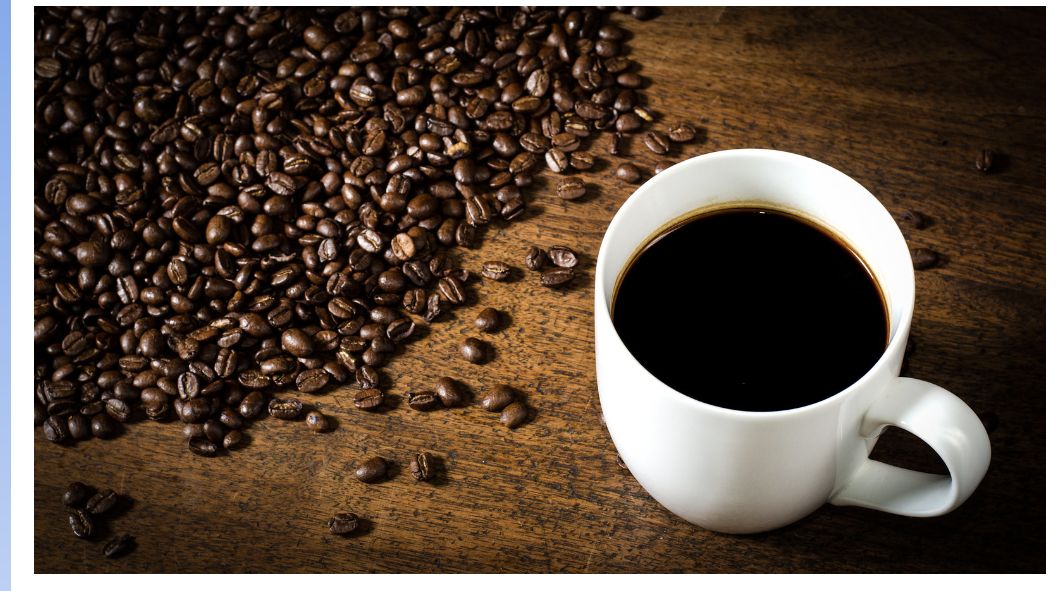**** Info via Environment Canada
Missing your cup of “Morning Joe”?
Do you love your coffee? Are you sipping a cup right now? Savour that taste, because some of our favourite coffee beans may not be readily available for too much longer.

Coffea Arabica is the most popular coffee plant in the world. It has the richest taste but it is also highly sensitive to changes in soil, temperature, rain and sun. As our climate changes, the average temperatures in these regions are climbing, and some plants are struggling to survive.
Two other problems are now also attacking the coffee plants: the coffee berry borer and the coffee leaf rust. The coffee berry borer is an insect normally found in lower elevation areas. However, as our climate changes, it has started to migrate to higher altitudes. The coffee leaf rust is a fungus that turns the leaf of a plant a rusty orange. With the gradual change to a warmer and wetter climate in some mountainous regions, this fungus is spreading more easily. In 2014, Mexican coffee producers lost 60% of their crops to leaf rust.
Coffee leaf rust.
There are solutions however, to this potential looming loss of coffee, including planting different varieties of coffee plants at higher altitudes, where the effects of climate change are less evident. It is also possible to use another plant, called Coffea canefora (Robusta), which is less flavourful than Arabica but more robust and resilient to the effects of changing local climate conditions. Another promising variety is Coffea stenophylla, which grows at a mean annual temperature of 24.9 °C — 1.9 degrees higher than Robusta coffee and up to 6.8 °C higher than Arabica coffee.
So, if it’s coffee that gets you up in our cool, darkening mornings, or helps you get through that long afternoon meeting, be prepared to try a new variety.
For more: A Brewing Storm: the climate change risks to coffee



